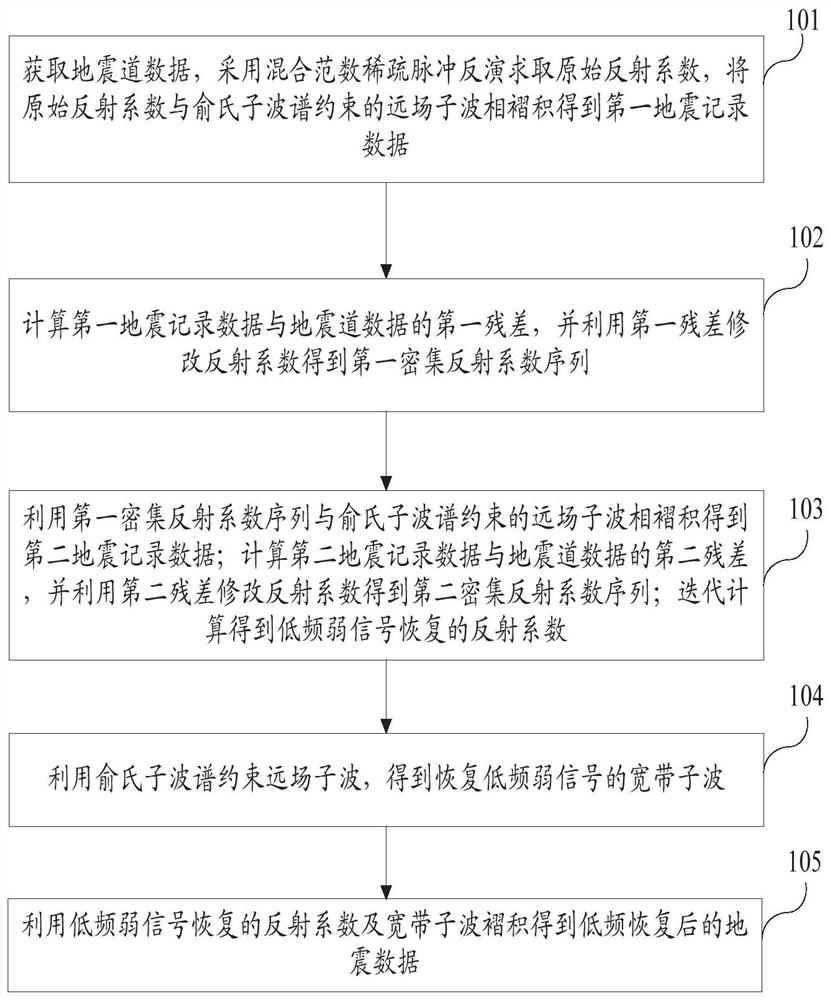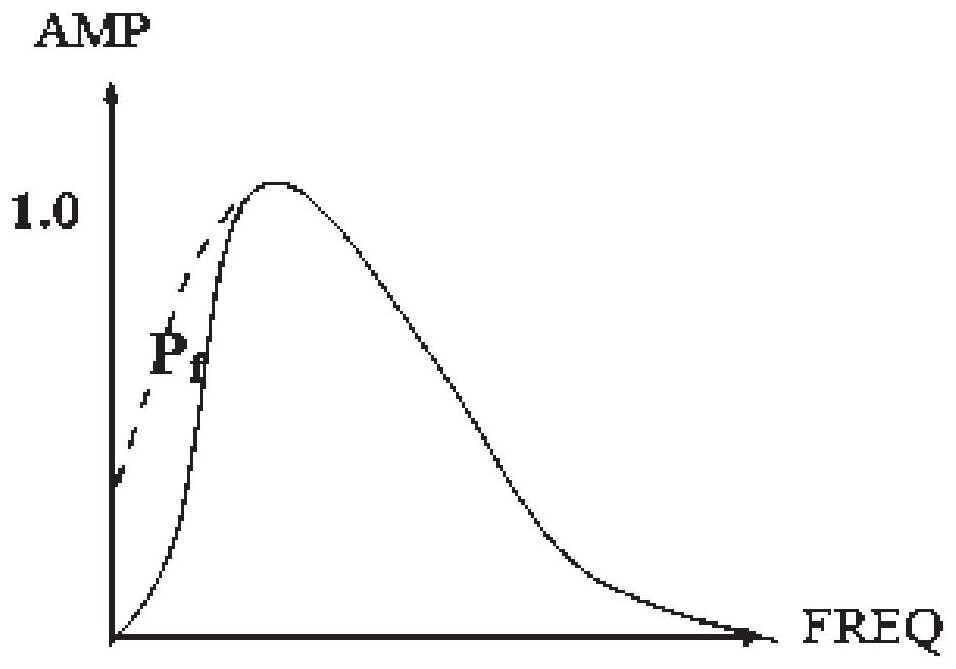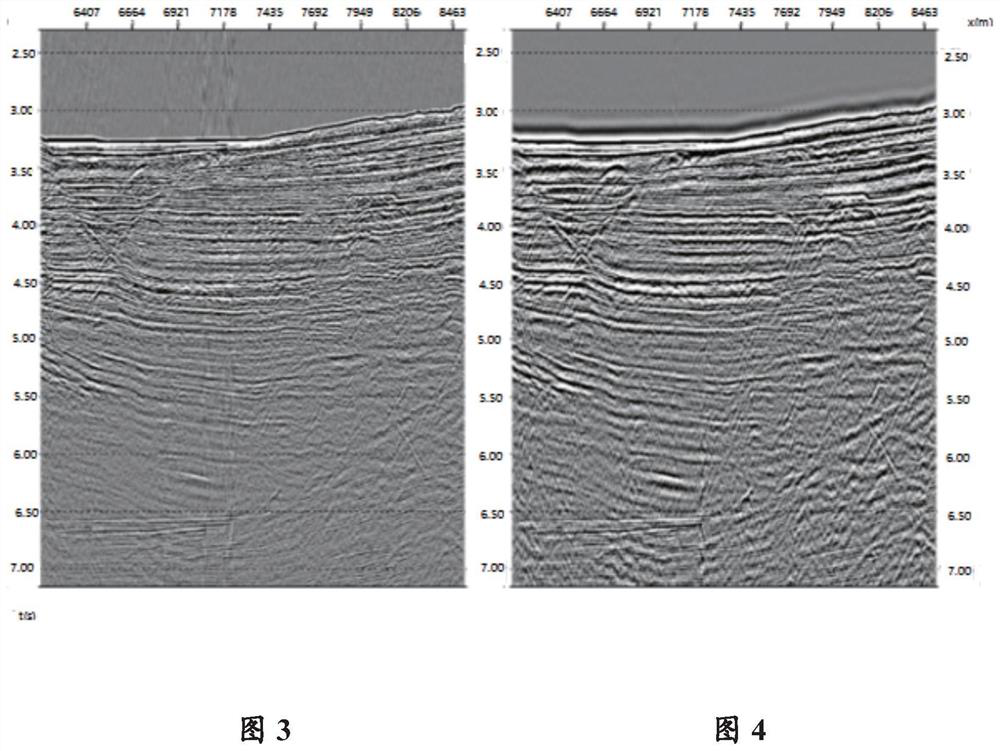A method and system for recovering low-frequency weak signals of marine seismic data
A seismic data, weak signal technology, applied in seismic signal processing, seismology for areas covered by water, etc., can solve the problems of low frequency weak signal recovery distortion and time-consuming of marine seismic data, and achieve signal-to-noise ratio maintenance. The effect of good performance, small wavelet side lobes and high resolution
- Summary
- Abstract
- Description
- Claims
- Application Information
AI Technical Summary
Problems solved by technology
Method used
Image
Examples
Embodiment Construction
[0053] The application will be further described in detail below in conjunction with the accompanying drawings and embodiments. It should be understood that the specific embodiments described here are only used to explain the related application, not to limit the application. In addition, it should be noted that, for ease of description, only parts relevant to the present application are shown in the drawings.
[0054] It should be noted that, in the case of no conflict, the embodiments in the present application and the features in the embodiments can be combined with each other. The present application will be described in detail below with reference to the accompanying drawings and embodiments.
[0055] Such as figure 1 as shown, figure 1 It is a schematic flowchart of the method for recovering low-frequency weak signals of marine seismic data described in this embodiment. This embodiment discloses a low-frequency and weak signal recovery technology for marine seismic d...
PUM
 Login to View More
Login to View More Abstract
Description
Claims
Application Information
 Login to View More
Login to View More - R&D
- Intellectual Property
- Life Sciences
- Materials
- Tech Scout
- Unparalleled Data Quality
- Higher Quality Content
- 60% Fewer Hallucinations
Browse by: Latest US Patents, China's latest patents, Technical Efficacy Thesaurus, Application Domain, Technology Topic, Popular Technical Reports.
© 2025 PatSnap. All rights reserved.Legal|Privacy policy|Modern Slavery Act Transparency Statement|Sitemap|About US| Contact US: help@patsnap.com



